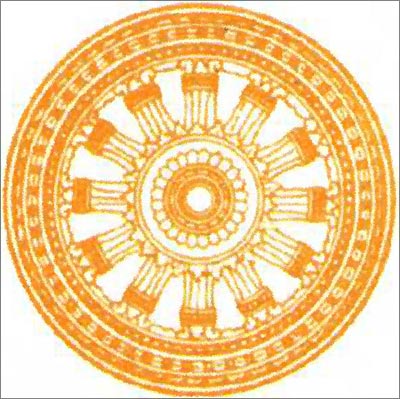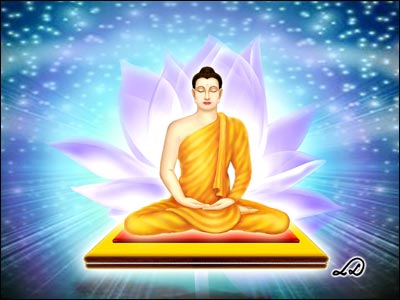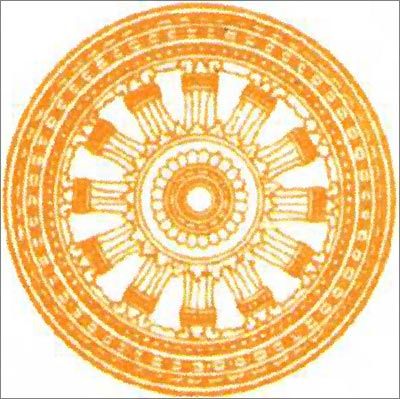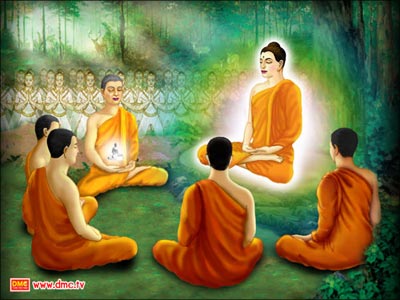Meditation for BeginnersDhammacakkapavattana Sutta: The Sermon:The Dhammacakka: Transport to NirvanaDhammacakkapavattana Sutta: The SermonThe word ‘cakka’ means a ‘wheel’ a wheel in just the same way as a cartwheel or a car wheel. Any wheel has three important components: hub, spokes and rim. For as long as the cpmponents are separated, they could not be called a wheel. Just as a skilled wheelwright can assemble the components to make a strong wheel ready to be put to work, the Buddha, through his preaching of the three groupings of Dhamma to the pancauaggiya, and relating them, gave rise to a ‘Dhammacakka’ which would bear the practitioner to wards benefit and ultimately liberation. The Dhammacakka was also composed of these three components the Lord Buddha compared the (see also pages 14, 16-7):- The hub to the Thirty-Seven Factors of Enlightenment- The spokes to the Links of Dependent Origination- The rim to the Four Noble TruthsThe close relationship between these three sets of Dhamma teachings is manifested by their relationship in the Dhammacakka the sets of Dhammas rely on each other for their strength in just the same way as the different components of a wheel lend each other mutual support. The ser mon wouldn’t have been called ‘Dhammacakkapavattana Sutta’ if only the Four Noble Truths or Dependent Origination or the Factors of Enlightenment were important thus by the name of the sermon, we know that the important thing about the sermon is the way it shows the interconnection between these three Dhamma groups as if the Buddha himself were the wheelwright who had assembled the fragments into a coherent and usable whole. Thus even if only some parts of the wheel are specifically mentioned in the sermon, as students we should look beyond to the implications for the Thirty-Seven factors of Enlightenment and the Links of Dependent Origination too.
Dhammacakkapavattana Sutta : The Sermon : The Dhammacakka : Transport to Nirvana
The word ‘cakka’ means a ‘wheel’ a wheel in just the same way as a cartwheel or a car wheel
8478 ครั้ง
ปิดการแสดงความคิดเห็น





![The Noble Truth of Suffering : 9. Bemonaing [upayassa dukkha]](https://images.dmc.tv/article/images/cover/6137395293.jpg)

![Dhammacakkapavattana Sutta: The Sermon : 2. Self-Mortification [attakilamathanuyoga]](https://images.dmc.tv/article/images/cover/1671751638.jpg)



